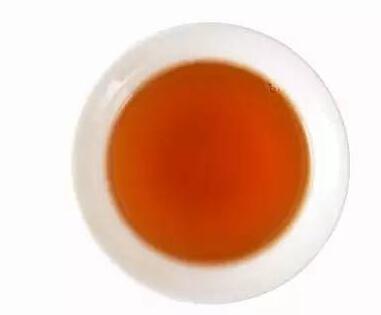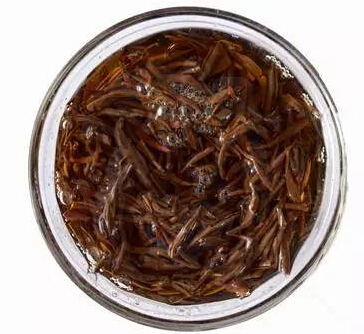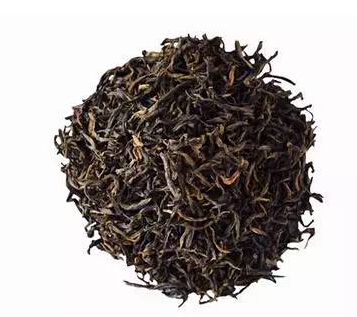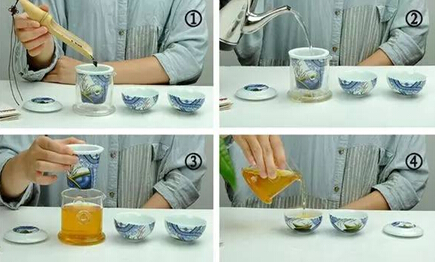Brewing:
Actually, using Gongfu tea utensils to brew black tea is similar to brewing other types of tea, with the same basic process. However, specific techniques should be adjusted based on the tea itself—this is often referred to as 'brewing according to the tea.' For example, steeping time isn't strictly defined; the same variety of black tea can vary in production, affecting its fermentation level. Lightly fermented black tea tastes fresh and brisk, while heavily fermented tea is mellow and robust. If you follow rigid online guidelines like 'steep for XX seconds,' you might end up with a weak or overly bitter brew. Do you really need to time every infusion with a stopwatch?

This applies not just to black tea but to all teas. Brewing tea is a flexible art, not bound by rigid rules. Each tea has its own characteristics, shaped by factors like processing, weather, and growing conditions. Some teas need longer steeping to reveal their true flavor, while others are potent and shouldn’t steep too long. Ultimately, it’s about adjusting steeping time to suit your taste.

For a tea you’re unfamiliar with, a simple method is to taste the first infusion after rinsing to gauge whether it’s too strong or too weak. If you prefer bold flavors, steep longer in subsequent infusions; for a lighter taste, pour faster. The amount of tea leaves, teaware capacity, and steeping time are also interrelated—different quantities require different approaches.
Once you understand a tea, you’ll know how to brew it well, avoiding bitterness or astringency—unless the tea itself is flawed due to poor processing. Many tea shop owners or brewers optimize flavor by controlling water temperature and steeping time because they know their tea well.
For Lapsang Souchong, a typical brew uses about 5 grams of tea, which is also the standard for pre-packaged versions.

Gaiwan Brewing:
With a 130cc gaiwan, 5 grams of tea may seem sparse, but it works well. After rinsing, the first infusion should steep a bit longer to allow the leaves to unfurl. A quick pour will result in a weak brew. With 5 grams of tea and water filled to 70-80% of the gaiwan, a short steep will yield a watery taste.
Beginner brewers often wonder how much water to use—just enough to cover the leaves is sufficient. Finally, ensure all the tea liquor is poured out to avoid affecting the next infusion.
In short, with a quality Lapsang Souchong, mastering tea quantity, gaiwan size, water volume, and steeping time ensures a good brew. The same applies to other teas. Many struggle with steeping time, but the simplest method is to taste the first infusion after rinsing and adjust accordingly. Also, Lapsang Souchong isn’t delicate—use boiling water directly.
Teapot Brewing:

This method suits offices or dormitories. Place the tea in a filter, add water, steep appropriately, remove the filter, and pour. It’s convenient. If you only have a glass or mug, use more water or less tea, as the leaves will steep continuously. Since the tea stays in hot water, adding more water prevents over-concentration—though strong-flavor lovers may ignore this.
'Lapsang' refers to the region, and 'Souchong' to the variety. As a fully fermented tea, black tea is naturally mellow, with sweetness as its standout trait—even in smoked Lapsang Souchong.